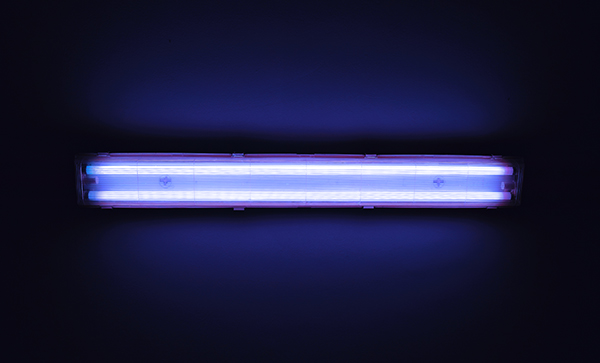As crazy as it sounds, your refrigerator becomes a good place for the growth of bacteria such as salmonella, e-coli, and botulinum if you don’t pay attentions on cleaning. That’s a reason your food cannot be stored for long. Don’t your fridge make you sick? Start now, make a change to freshen your refrigerator!
Is Disinfectant OK to Use in the Fridge?
Disinfectants – like bleach – should never be used inside refrigerators. As with other kitchen cleaning products, any disinfectant that comes into contact with food could make people ill because of the strong chemicals they contain. Stick to specially formulated products that are safe to use inside a fridge, or opt for natural cleaners instead.
Is Activated Charcoal Helpful?
Well, activated charcoal may works well as deodorizer to absorb smells. However, it works nothing to eliminate the bacteria and virus in the refrigerator. Also, you’ll just have to change it out for fresh charcoal once your fridge starts to smell a bit funky again.
Are Natural Products Useful?
Natural products can be very useful when cleaning a refrigerator, and they are safe ways to keep the appliance clean and hygienic. Regular baking soda can be great for removing stains and absorbing bad odours, while white vinegar is good for cleaning any stainless steel elements, including refrigerator doors if you have a stainless steel model. Just remember to test on a small area first to check there are no adverse effects.
What is the Simple One Stop Solution?
To reduce the hassle when fridge-cleaning time rolls around, there’s a quick and easy way to maintain the cleanliness of your refrigerator on a day-to-day basis.
Oshiner Fridge Freshener, your best fridge mate to freshen the refrigerator and food together. It is a small rechargeable ozone sterilizer that puts in the fridge, which can stand by over 30 days after fully charged. Ozone can sharply kill 99.9% bacteria and viruses to keep fridge hygienically clean and store food fresh at 2 – 3 weeks long.





